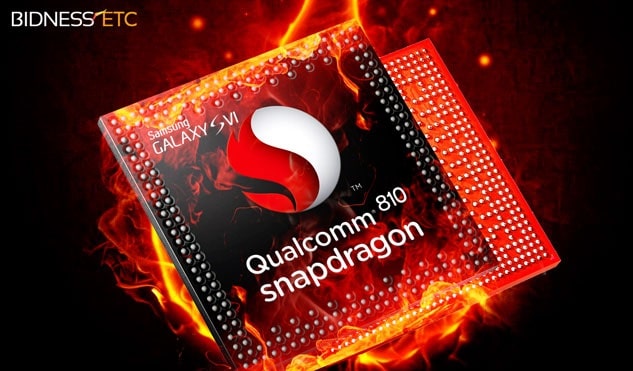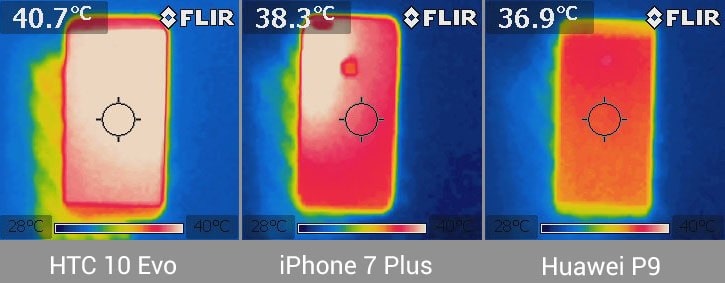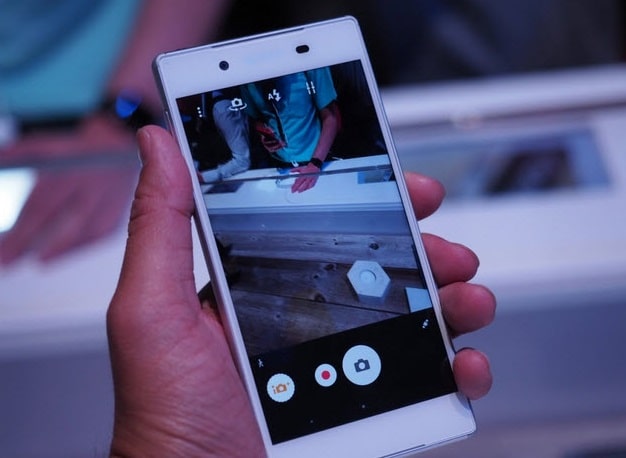The Snapdragon 810, the chip I talked about a lot, is a flop for Qualcomm, as well as creating a long slide for some smartphone OEMs who have put their hopes in Qualcomm.
This is a chip like? Why is it a flop? And how have the previous OEMs put their trust in it? Invite you to join me to find out right in this article.
Read more:
#first. The basic parameters of Snapdragon 810
We have some information from Qualcomm as follows:
- Snapdragon 810 is manufactured on 20nm process.
- CPU has 8 cores with 4 ARM Cortex A57 cores clocked at 2GHz, 4 ARM Cortex A53 cores clocked at 1.5 GHz
- Andreno 430 GPU
- No one
- There is 4G X11 LTE Modem built in.
Go back in time a bit: At the time of its launch (2015), it was Android's first 64bit chip, behind Apple A7 on the iPhone 5S
This is also the first chip to support 60fps display at 4K resolution, capable of 4K video recording, supporting 55MP camera.
That! It's over. Nothing more to say to the nearly 5-year-old chip.
#2. Why flop?
It is hot. Not only that but it is too hot!

When Apple was spectacularly outperformed in the performance race, Qualcomm hurriedly stuffed the features into a 64bit chip with a constant infrastructure. This causes the Snapdragon 810 to heat up extremely quickly, under normal usage
The production of this chip on the 20nm process, 64bit support, using 8-core infrastructure such as Snapdragon 805 and Snapdragon 808 has made it consume too much excess power. And obviously this is not good for a flagship device.

# 3. Victims of Snapdragon 810
The first is Sony: With Sony Xperia Z4, Sony has been the first one to stand out for other OEMs.
Sony has also had to apologize to users about this problem. But due to its rugged design, high hardware quality, and good power management, the Sony Xperia Z4 did not need to be sold or returned.
But Sony is still very keen on the 4K display capabilities of this chip. They also launched the Sony Xperia Z5 and Z5 Premium with liquid cooling and thermal slots on the sides, of which the Z5 Premium is the first smartphone with a 4K screen. These are the last two Sony Xperia Z Series devices, preparing for the decline of the Xperia empire.

HTC, an OEM from China, stopped making smartphones last year. Their machine has good sound, high perfection, terrible configuration, and also very own design.
Their market share in the world as well as in Vietnam used to be huge, until the whole elite was compressed into the flagship. HTC U10 Evo but burned down by the Snapdragon 810. This was also a milestone marking the retreat of HTC on smartphone land, then still very fertile.
Samsung, if following the annual rule, then 2015 Galaxy S6 will also have Snapdragon 810. However, after seeing other OEMs have problems, they turned to Exynos chip for international markets and most markets. Other schools like USA, Japan and Hong Kong. This is the first step to help Samsung popularize Exynos chip to users in this segment.
Xiaomi Mi 3 and Xiaomi Mi 4 must use the same old Snapdragon 800 and 801 chips, away from Snapdragon 810 to Xiaomi Mi 5 they use the newer chip Snapdragon 820. LG is similar, ....
The Snapdragon 820 chip generation, the CPU has only 4 cores of average clock speed, the production process is also 14nm, but the temperature has not been completely overcome.
Snapdragon 821 has not made any progress yet. And until Snapdragon 835, Qualcomm really stabilized the production of 64bit chips in this segment.
# 4. Conclude
Above is the accumulation of the Snapdragon 810 chip from Qualcomm. It has slowed down the performance of the Android operating system significantly compared to iOS, while sending HTC off without a return date, causing Sony to lose out in the smartphone race, and causing the country's market to use Samsung Galaxy. with Samsung's own Exynos chip ...
How do you feel about this issue of Qualcomm? Leave your comments below this article. Thank you!
CTV: Nam Hoang - Blogchiasekienthuc.com
Note: Was this article helpful to you? Do not forget to rate the article, like and share it with your friends and relatives!


0 Comments